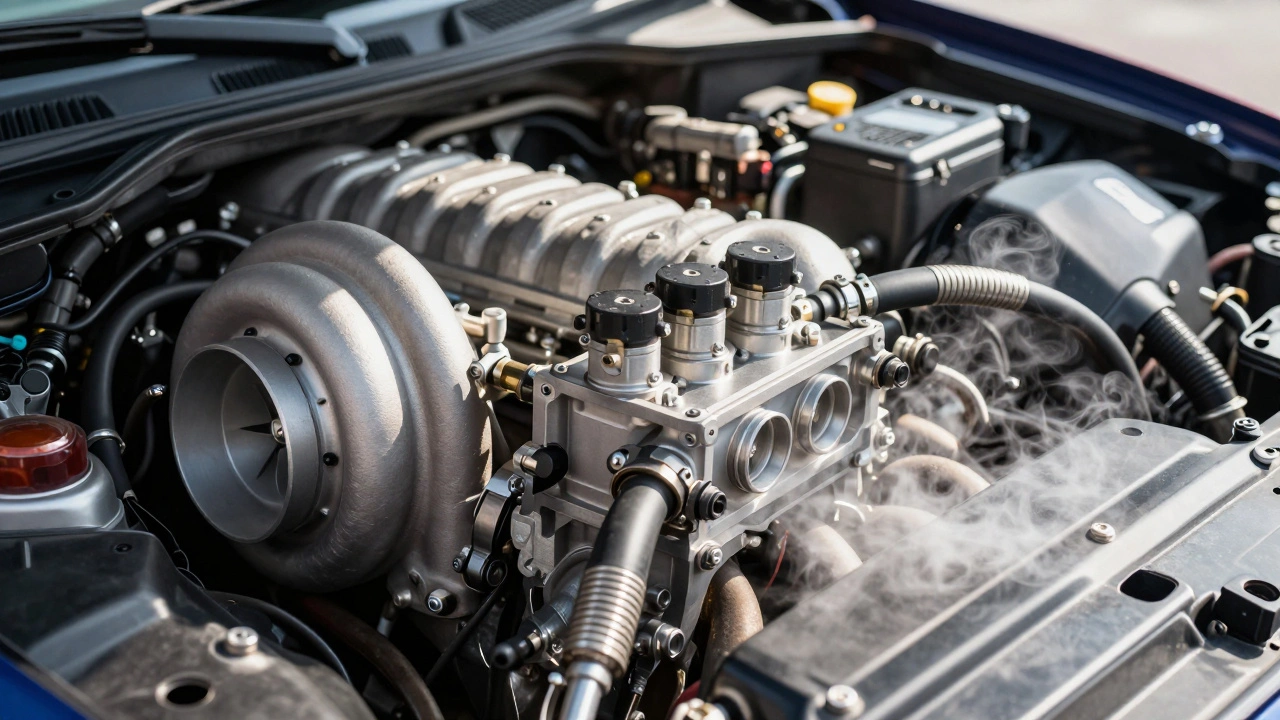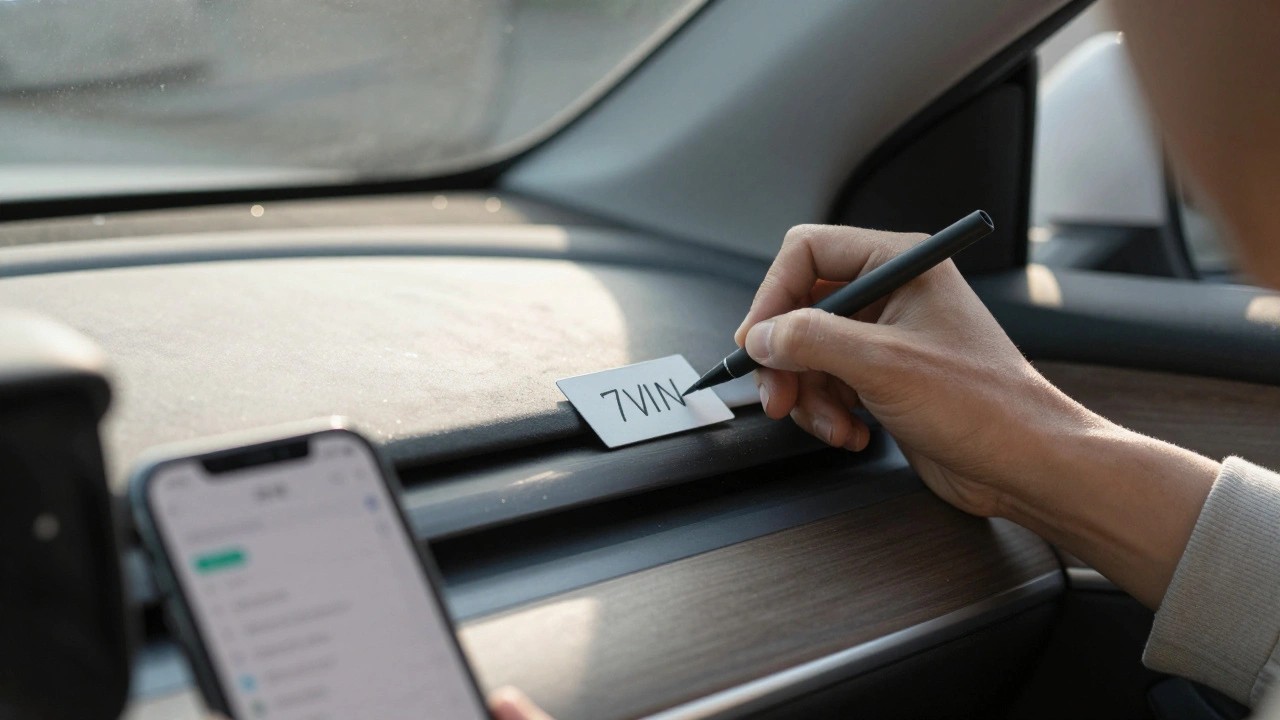Hybrid automobiles – everything you need to know
When talking about Hybrid automobiles, vehicles that pair an internal combustion engine with an electric motor to cut fuel use and emissions. Also known as hybrid cars, they sit between traditional gas cars and full electric vehicles, cars that run solely on electric power from large battery packs. This middle ground lets drivers enjoy longer trips without worrying about charging stations, while still getting a noticeable boost in fuel efficiency, the distance a car travels per unit of fuel. In short, hybrid automobiles combine two power sources, need advanced battery technology, high‑energy‑density cells that store and release electricity quickly, and often offer a plug‑in hybrid option, which lets you drive short trips on electric power alone before the engine kicks in.
Why hybrids matter today
First, hybrids give you real‑world fuel savings. A typical hybrid can deliver 30‑40% better miles per gallon than its gasoline‑only counterpart, which translates into lower trips costs and fewer visits to the pump. Second, the electric motor provides instant torque, so you feel quicker acceleration without the roar of a big engine. Third, because hybrids still have a gasoline engine, range anxiety drops dramatically – you can cruise for hundreds of miles even if you’re far from a charger. Finally, the rise of stricter emissions rules makes hybrids a practical bridge for manufacturers aiming to meet targets while keeping production costs in check.
Battery technology is the heart of any hybrid. Modern lithium‑ion packs are lighter, last longer, and charge faster than older nickel‑metal hydride cells. As battery costs keep falling, manufacturers can fit larger packs, giving plug‑in hybrids up to 30‑50 miles of pure electric driving. This extra electric range means many daily commutes can be done without touching a drop of gasoline, shaving off both emissions and fuel bills.
Plug‑in hybrids also blend the best of both worlds for drivers who need flexibility. You plug in at home or work, enjoy silent city driving, then let the gasoline engine take over for highway runs. The system automatically switches between power sources, so you never have to think about it – the car does the math for you. That seamless transition is why many families and fleet managers choose plug‑in hybrids over pure EVs when charging infrastructure is still growing.
Our collection below covers everything from safety features in modern cars to the future of luxury EVs, with several posts that dive deep into hybrid tech, maintenance tips, and performance upgrades. Whether you’re a first‑time buyer, a DIY enthusiast, or just curious about how hybrids fit into the broader shift toward sustainable mobility, you’ll find practical advice and clear explanations to help you make informed decisions.

Unlocking the Full Potential of Hybrid Automobiles
Explore how hybrid automobiles combine gasoline and electric power, their benefits, buying tips, and future trends in a clear, practical guide.




